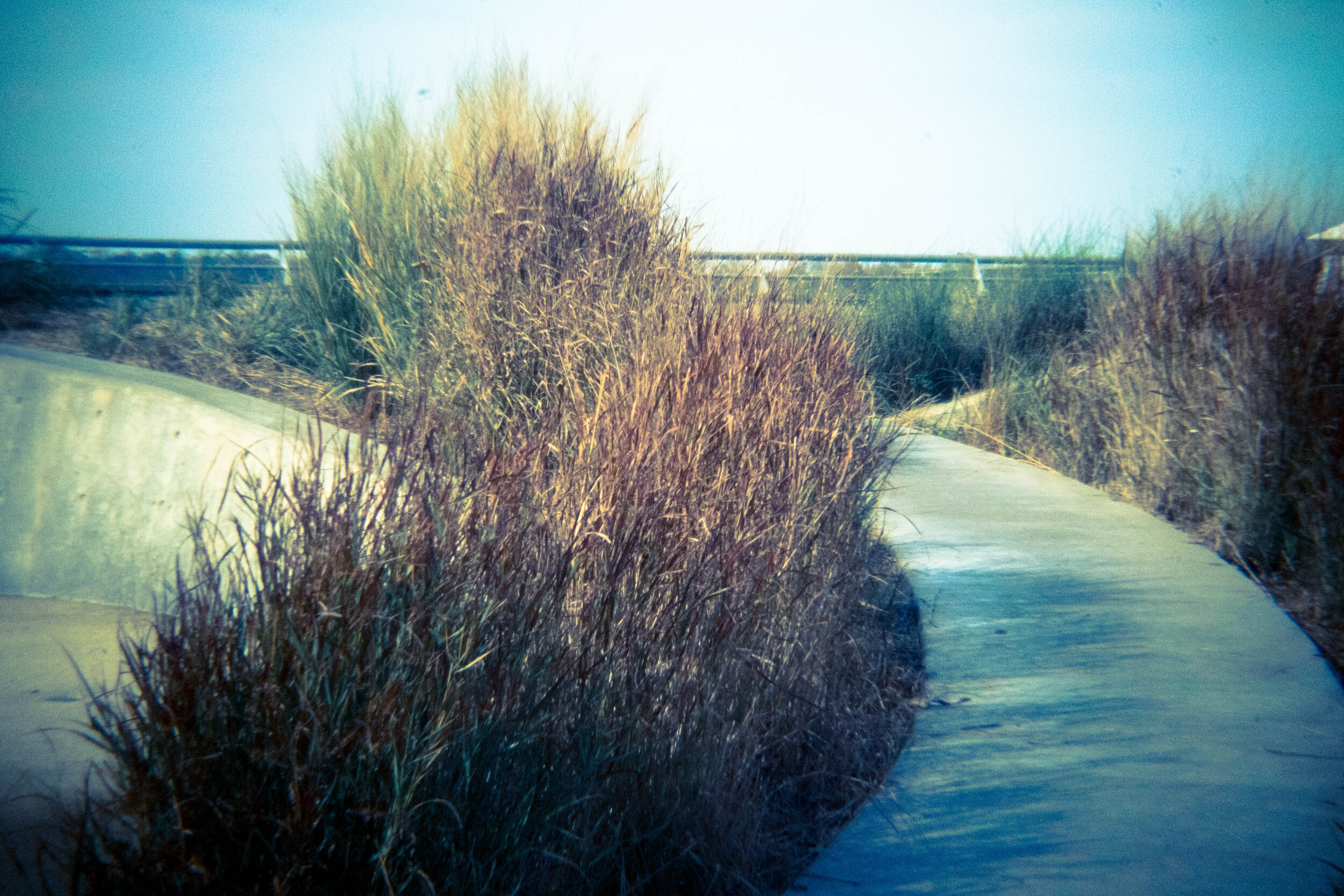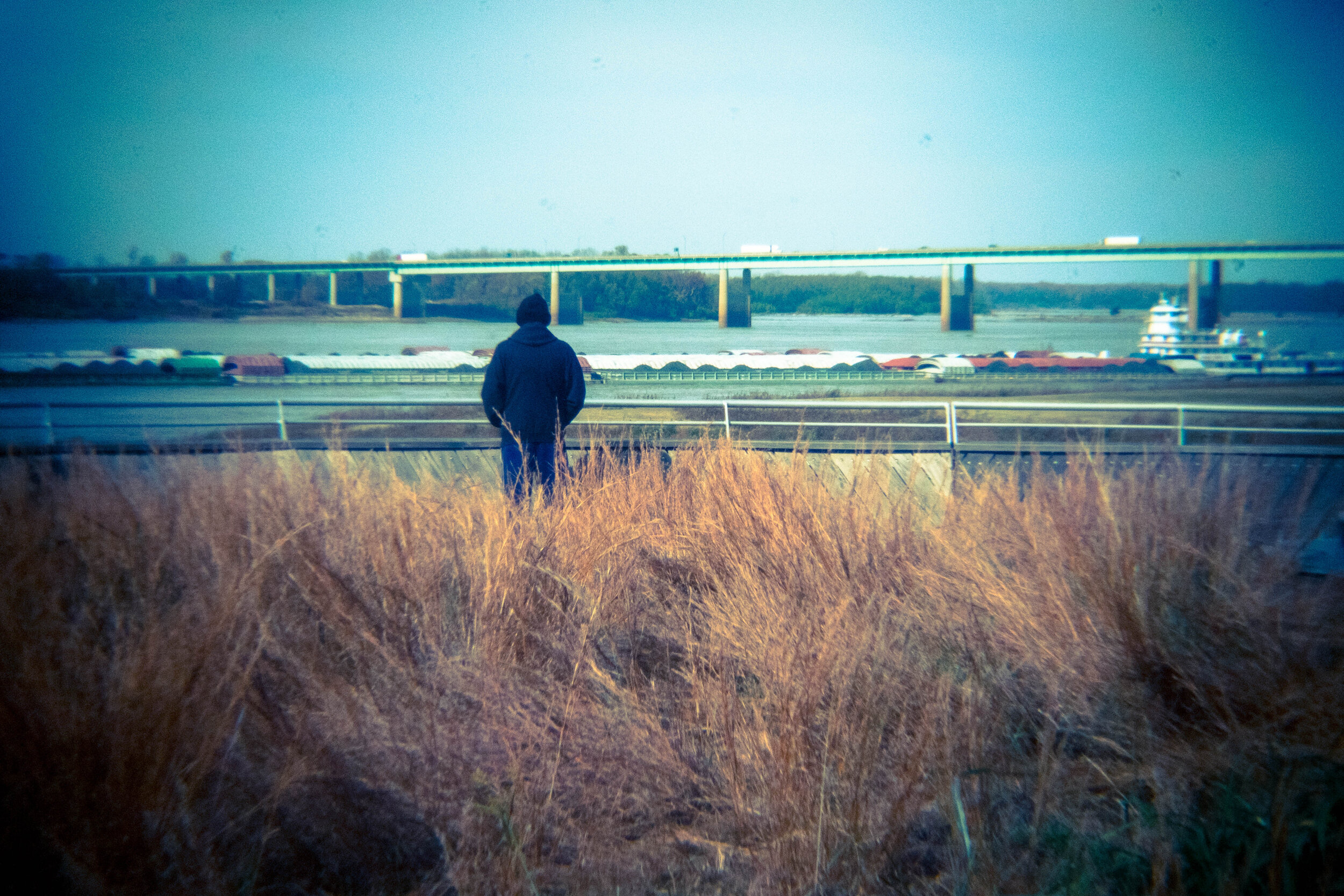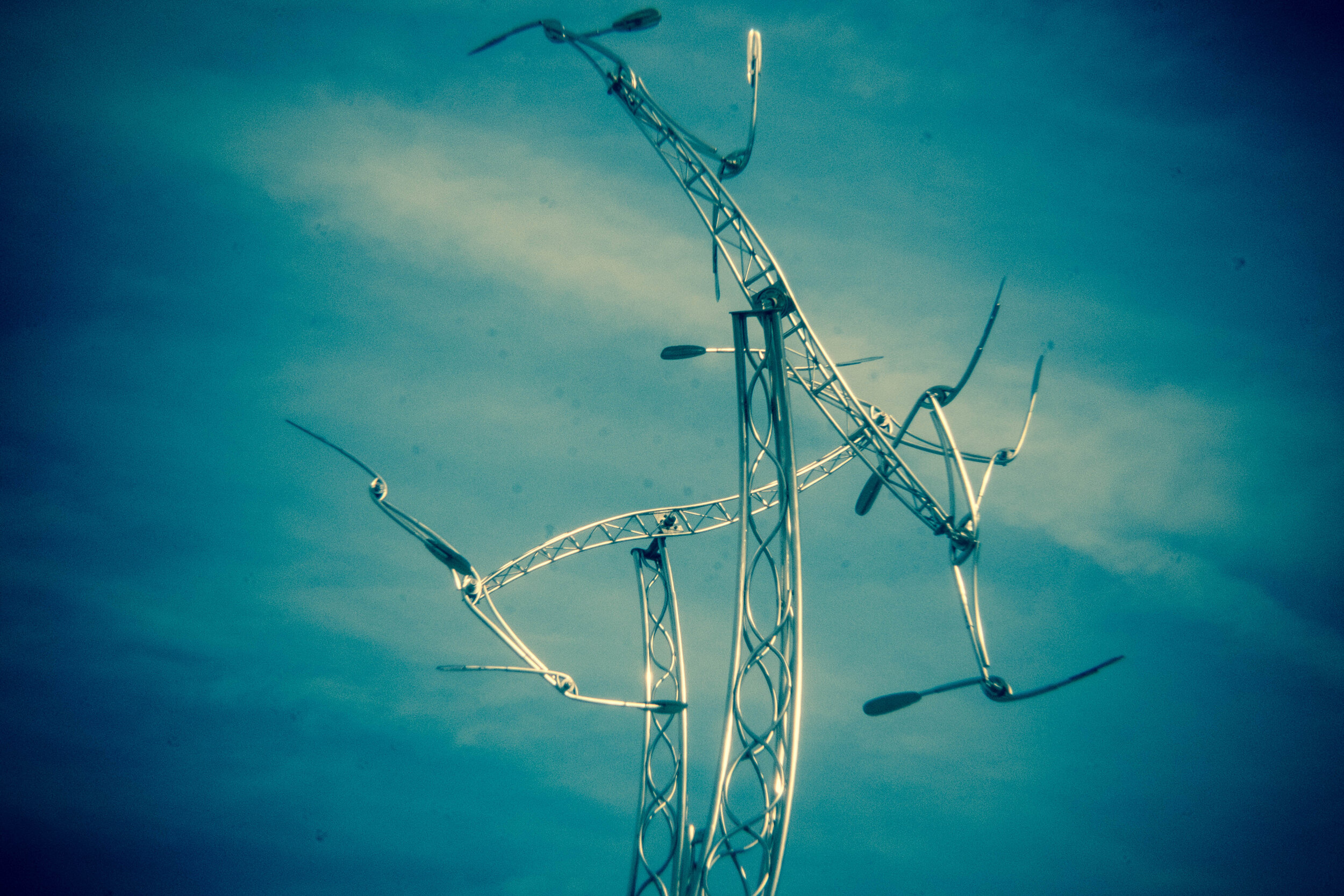I can’t take it anymore. I tried for a week to hang in a local photography group on Facebook, but the blatant eye-rape by watermarks was damaging my calm. The fact that an image has a watermark tells me that either the photographer scanned an Olan Mills portrait, or the photographer is living in a fantasy land of paranoia where one truly believes somebody will steal their image. News flash: If you post a photo on social media, you relinquish all rights to paranoia. If you host your image in a gallery, and somebody is taking tripod-close-ups of your photography — be paranoid, and ask questions. But, by then you’re a professional photographer and not some middle-manager with a Canon Rebel and some kit lenses pretending you’re Annie Leibovitz (who, by the way, doesn’t watermark her images on Facebook.) It doesn’t help that I just complain, though, so I’m going to give some pointers that I think benefit not only photographers, but the audience. I want this to be a positive look at how we can ditch watermarks.
Create a Unique Style
I’m no art critic, but I can probably spot an Ansel Adams or a William Eggleston photo relatively quickly. More to the point, I can spot an artist’s photo as easily as one can spot an amateur’s photo. Sure, that’s a sweeping supposition, but realistically nobody looks at an Ansel Adams piece and says “I wonder who took that photo ? ” If you enjoy making photos, you have some idea in mind of what you want to photograph, or what styles/genres you enjoy the most. If you want examples of people with unique styles, check out the hashtag #jtinseoul . JT White uses different cameras but his work is easy to spot, and he’s not famous (in the traditional sense). He has a brilliant and unique style that he’s cultivated and curated over many years. No watermarks necessary.
Only Share Our Best Work
I can’t stress this one enough, although even I’m guilty. In the age of digital-instant-pointy-shooty cameras, we tend to spray-and-pray a thousand photos onto an SD card , then sift through them to share a photo album of mediocrity. We should all stop this right now. For starters, only share one photo a week. If we shoot prolifically then maybe one a day, but that’s the extreme. This has a couple of benefits. First, it allows us to really sit on our photos and learn which ones we love now vs. which ones we think “meh” and set aside. Second, it helps us with building our unique style. If we carefully, and purposely only share one photo a week, we are working towards a goal of developing style.
Make More Meaningful Photos
If we take enough photos to saturate the already-over-saturated photography scene on the Interwebs, we’re not doing ourselves any favors. We need to slow the hell down and make meaningful photos. Sure, we must practice, but simply pointing and shooting 250 shots at lunch, then trying to sift through to find the pearls among swine isn’t doing us any good as artists. We really should make a concerted effort, when looking through the viewfinder, to properly frame our subject and utilize the entire frame. This means less photos, but more thought and effort was put into each. A bit of us is in each image now, and we’ve spent enough time inside the scene that we learn what makes a great photo vs. what makes a photo that needs a watermark.
Don’t Post Our Work Immediately
Yes, we live in the digital age, and it’s easy to snap away on our phones and immediately share it with the world through our social media sites. However, we have to detach ourselves from our work. Garry Winogrand would wait a year or more before developing a lot of his film. He was once asked by a passerby if he was getting any good photos and his response was “I won’t know until I’ve developed them.” It’s fun to be excited when we stumble across that perfect moment, or that amazing hue, but we have to take our time and relax. The image isn’t going anywhere. If we’re truly good at what we do, it doesn’t matter if we wait a day or a week or a month, our image will speak for itself, and we’ll be better a curating our images and building our unique and identifiable style.
Don’t Share Our Work on Social Media
This is possibly the best and worst advice I could give, if I were remotely qualified to give it. If we think so highly of our work that we feel it needs a watermark, we should go print it, frame it, and invite our closest friends to view it at a private showing. If our goal is to generate interest in our work outside of our friends, we could hit up a few galleries or do some local art shows. The constructive criticism of trained art directors and judges would certainly humble us and show us that perhaps, despite how we personally feel about our work, we’re not as good as we believe and nobody is going to steal anything we post. Ever.
Create Our Own Branded Website
If not sharing is not an option, perhaps it’s better we create a website for our work ? Wix, WordPress, Squarespace, there are a ton of great web hosts that cater to photographers. Just having our work on a website that actually has our name on it, with an email address from that domain, certainly puts our work at an advantage over just sharing in a social media forum and ruining our work with embossed words. I host this aragonseye.com myself through a VPS, but I’m good with the tech stuff. It costs me about $120 a year to host this site, and the images here can not be mistaken as not mine.This is all my personal opinion, but I can’t see any, and I mean any reason to plaster ” [c] First Last Photography ” across an image, no matter how tiny the font or how discreet we think it is. It’s ugly, it distracts from the beauty of the photo, and it shows insecurity. Further, unless we actually have a business license with “First Last Photography” we are just posers.


Leave a Reply
You must be logged in to post a comment.